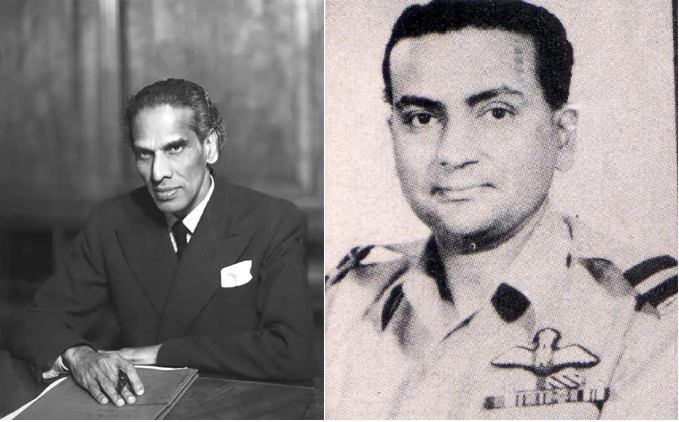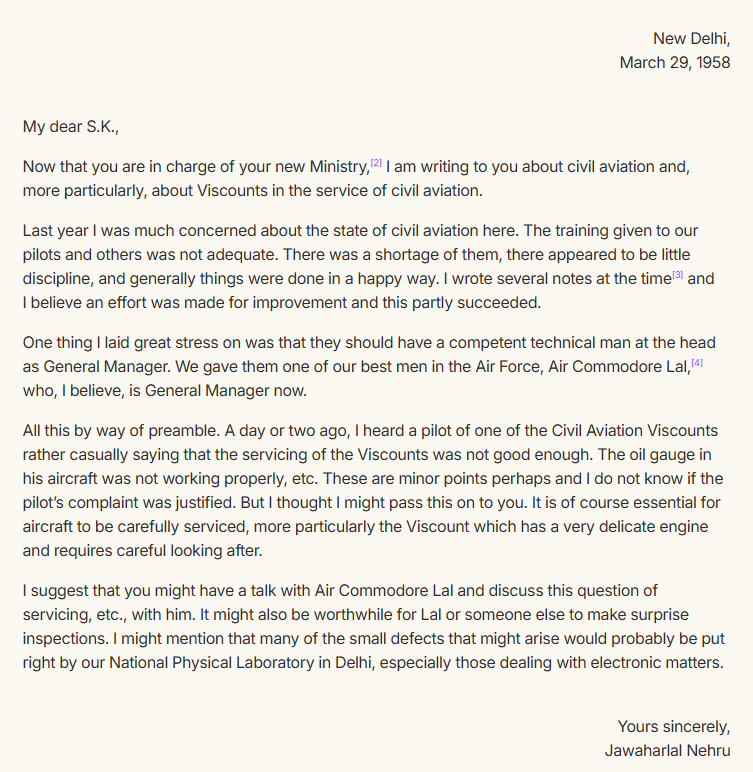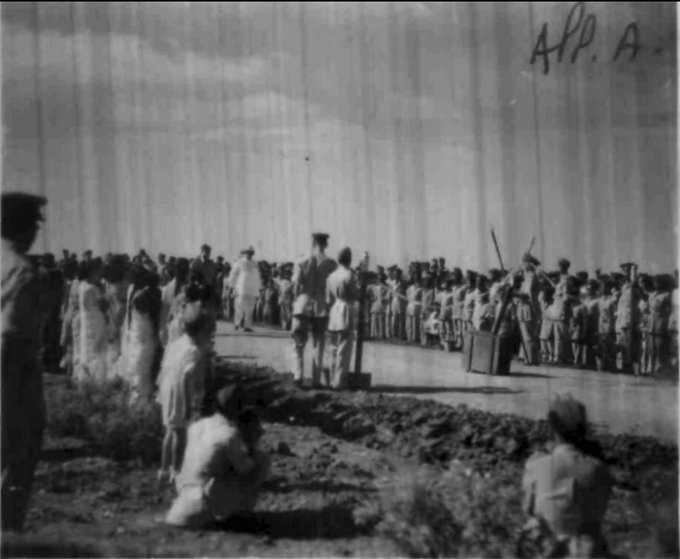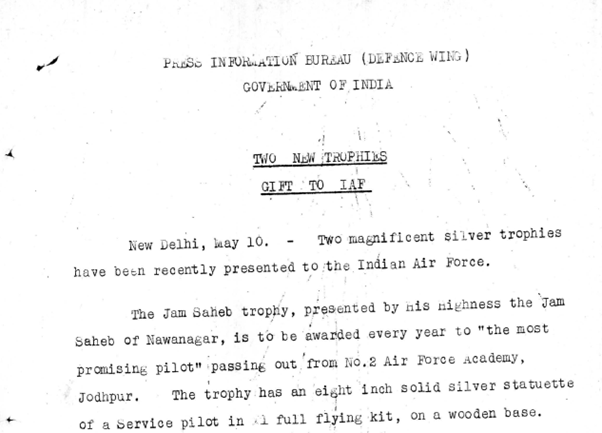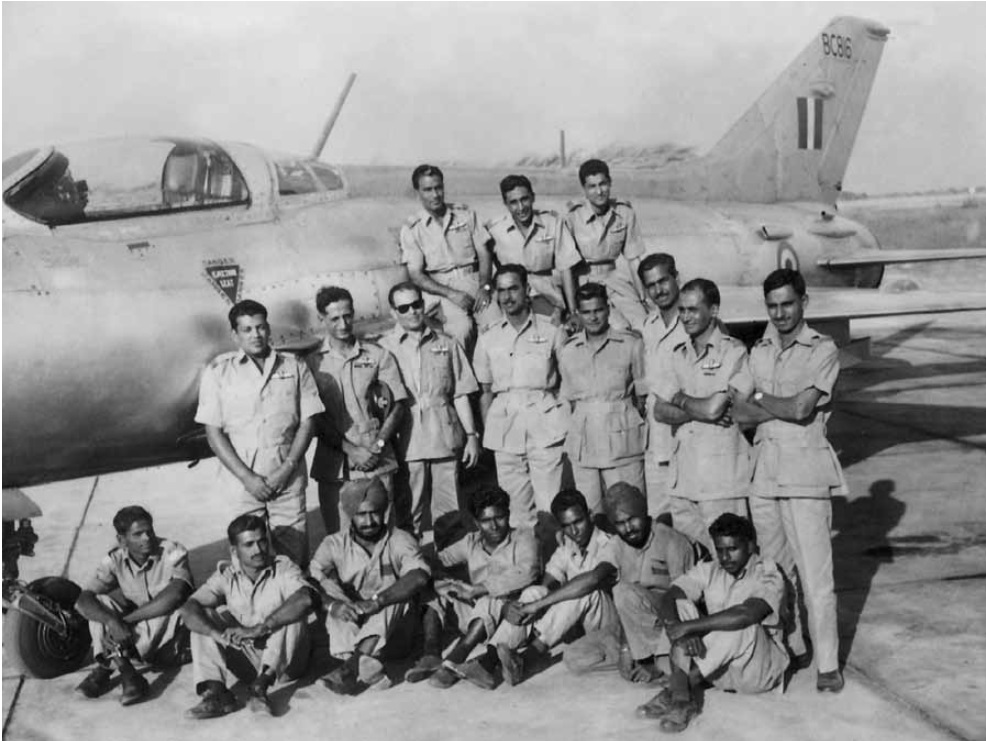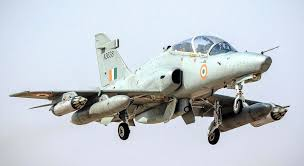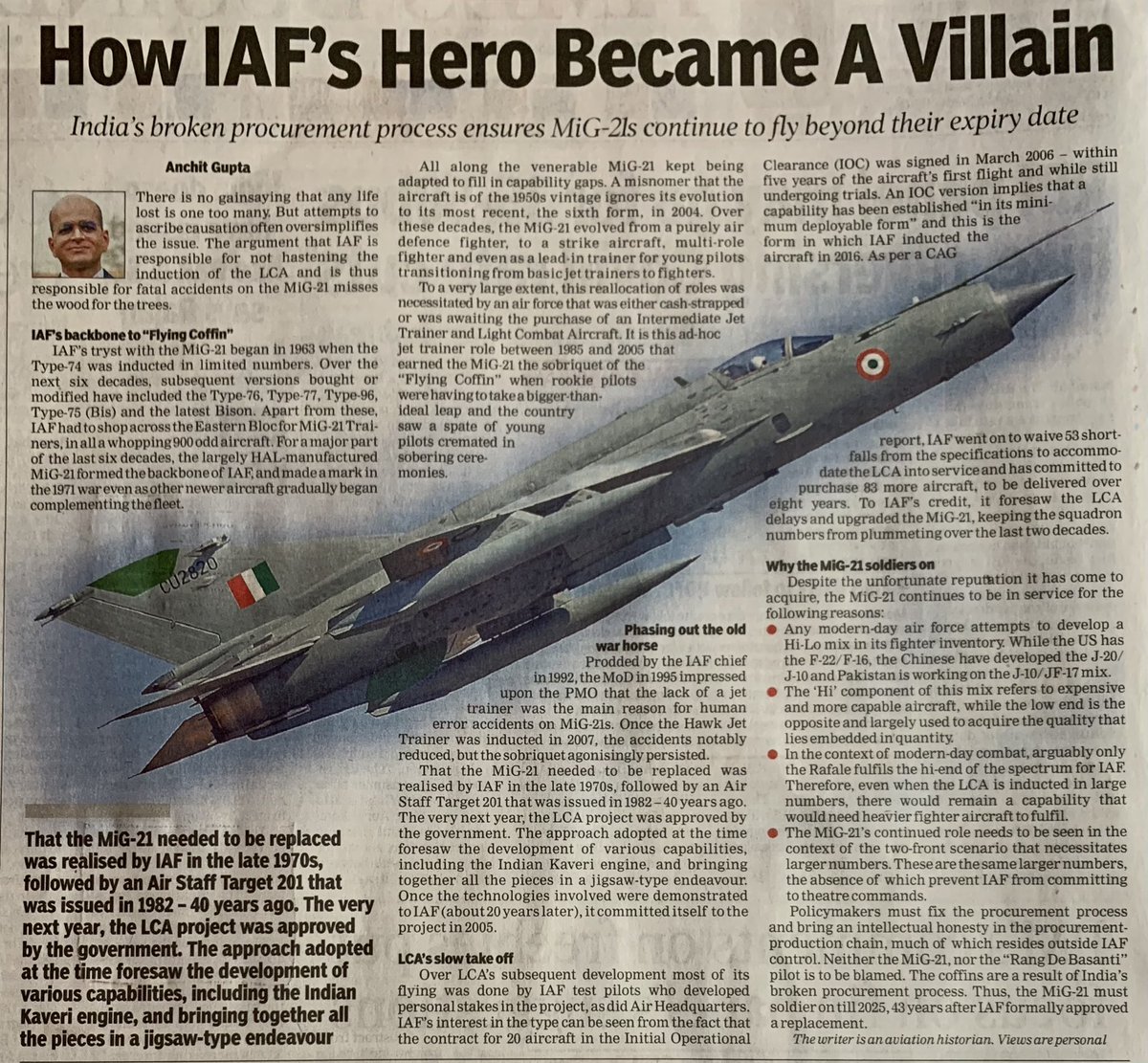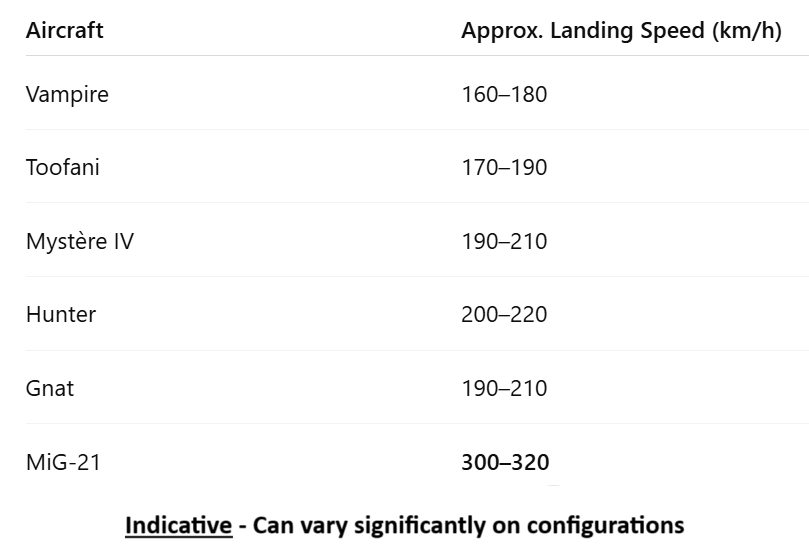@IAF_MCC has deployed ac beyond their limits in support of forces across the Himalayas. This thread is about their support to Daulet Beg Oldi (DBO) at 16,600 ft AMSL - the epitome of flying skill, endurance, and ingenuity. A story defining IAF itself. #IAFHistory (1/24) 

DBO was a halting point on the old Silk Route. 8 km to the north is Shaksgam & Intl border with China, 10 km to north is Karakoram Pass & 9 km east is Aksai Chin. Large flatlands,belie the elevation, with temps dipping to a windy -55C.Its tactically & strategically critical(2/24) 

In 1959, strategic reconnaissance Canberra of 106 Sqn overflew DBO and further east. These msns highlighted the Chinese advances. Through the war, they would mount multiple sorties. Randhir Singh and JM Nath (MVC) got invaluable insights. tinyurl.com/mpdn3733 (3/24) 



The forward policy paved the way & a post at DBO was setup in April 1961. There was no road connectivity to Leh or DBO - all posts had to be air-maintained. And to get to DBO one had to fly over Khardungla or Changla (5,700 mts) and Saser la - A task beyond any in that era (4/24) 

IAF had Dakotas, C-119 Packets, IL-14, and had just inducted the An-12 into service. The Airbases to support Ladakh were Srinagar, Jammu, Pathankot & Chandigarh. Srinagar was used in Summer and Jammu and Pkt in Winter, Chd remained for An-12s. 
https://twitter.com/AnchitGupta9/status/1279840733038407680(5/24)

Airstrips in Ladakh were Leh, Fukche, Thoise, Chusul. All Kucha strips except Leh had PSP and required frequent repairs. There was no ATC support (only LoSt VHF set with Army), and no Aviation fuel except in drums that a/c used employing "Sudan" pumps. (6/24) 

Except An-12, all a/c were operating above service ceiling. They had no pressurization (Biting cold in cabin), had to carry O2 cyl,icing on leading edges, & contend with tire heating due to high ldg speeds. Could not switch off coz starting impossible due rarified atmos. (7/24) 

Back to DBO, IAF would use the Packets and the An-12 in 1961 to service the posts. Packets could land and fly at Fukche and Chusul (14,000 ft). In sep 1961, the Chinese progressed to within 4 miles of DBO and it was decided that DBO should be held - and an airstrip made. (8/24) 

IAF responded by enabling a landing & take-off at DBO on 23 July 1962, A Packet ac modified in less than a year to have a J-34 let pack landed and took off with crew, 32 Jawans, and the AOC-in-C of WAC. Read the hair raising story by the captain - tinyurl.com/2v5vazkm (9/24) 



Chinese hostilities started on 19 Oct 62, our posts were outgunned. The An-12s continued with Ops, a sortie by Chandan Singh on 20 Oct heard Machine gun hits, completed mission & landed back with 19 bullets. Similarly, Packets continued to land at DBO amidst firing (10/24) 

Air Mshl JK Seth flying Packets (12 Sqn), remembers 21 Oct as his saddest. He & two other packets airlifted more than 100 troops, in canvas shoes and no winter clothing from Srinagar to DBO (amidst firing), Only to see them die of frostbite & altitude sickness, abandoned. (11/24) 

Mi-4s of 107 HU at Leh were doing a dare delivery of a different order. Inducted in 1960, they moved to makeshift Leh in May 61 and serviced all of Ladakh flying way above service ceilings and landed at even DBO (a feat not done by Mi-8 and Mi-17 for the next 40 years). (12/24) 

Mi-4s engines had to be started all night periodically to keep its ops in cold. Its service ceiling was just 10K ft and pilots did roller take-off/ landings at higher alts. While crossing ridges, looked for local heating to use thermals to climb. SK Bhadwar got a VrC (13/24) 

On 23rd Oct, DBO was abandoned and troops withdrew. Mi-4s again flew mercy missions, landing in the most difficult cliffs and ridges in shyok in massive cross-winds. Infact the Mi-4 derelict at DBO was a result of a running Mi-4 being hit by dropping supplies.. (14/24) 

KL "Kiddo" Narayanan also got a VrC for his acts with 107 HU. He was also involved in a daring rescue, earning him an AVSM in the same sector earlier in 1962, described in this thread here - 
https://twitter.com/AnchitGupta9/status/1457368889608708106Kiddo would become the first Rotary ETP in IAF (15/24)

Chinese did not capture DBO as it was beyond their claim line. In 1963, DBO post was re-equipped with troops from ITBP and Packets continued landings till an earthquake in 1966 damaged the Kutcha airstrip. An-12s would continue to supply drops well into the 80s. (16/24) 

For acts of valour, these transport and helicopter crews earned laurels - PL Dhawan, NP Chaudri, MS Khalsa, John Phillipose, K Subramanium, SK badhwar, Kiddo Narayan, LS Grewal, Chandan Singh, BS Jaswal, V Puri, among others of 12,19,43 Sqn and 107 HU kept DBO going (17/24) 







April 1964 would see the formation of 114 HU, taking the mantle from 107 HU. 114 HU would make Leh its home forever using the lightweight Chetak,Chetaah & now Cheetal, keeping DBO serviced for the last 50 years! 114 who do the difficult as a routine,is a thread in itself! (18/24) 

The Mi-26, heavy-lift ac achieved a first when soon after induction, in Sep 86 it airlifted a truck, Jonga, prefab huts, generators, road-rollers, and supplies to DBO to strengthen the camp. Due to the altitude, Mi-26 was operating at 20%-25% of its max payload. (19/24) 

In 2008, Air Mshl PK Barbora took the call to activate DBO for transport ops again. History would be made again when the 2,200 mtr airstrip at DBO would have a much heavier, faster An-32 land on the unpaved 2,200 mtr tinyurl.com/k3wnx6jh (20/24) 

In this @blueskiespod1 podcast, AVM Chafekar explains the detailed planning and execution that opened up An-32 ops at DBO - tinyurl.com/yvwsn7mt . On 20 Aug 2013, 77 Sqn, IAF would land the C-130 at DBO, timed with Indo-China Foreign Secretary talks (21/24) 

Most critical emergencies of Engine failure, tyre burst, etc catered with out-of-the-box solutions since no switch-off was possible, Lockheed charts ended at 14,500 ft. C-130 would boost the payload capability dramatically at DBO (22/24) 

In 2019, BRO completed a 19 year-long project to link DBO with Darbuk via a 255 km road, bringing closure to road connectivity need for the strategic location. @IAF_MCC can look back with pride at how it kept DBO connected in war and peace over the last 58 years. (23/24) 

lastly, we must not forget, that such feats have demanded sacrifices. Such as Flt Lt Samir Riaz Kagdi of 114 HU who was awarded Shaurya Chakra for a miraculous force landing of the Cheetah ac, near DBO, on 4 July 2000 but succumbed to his spinal injuries. (24/24) 

• • •
Missing some Tweet in this thread? You can try to
force a refresh


